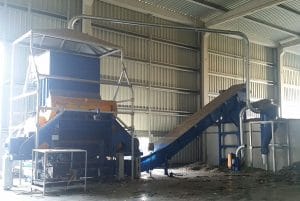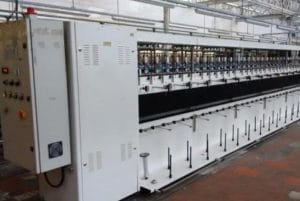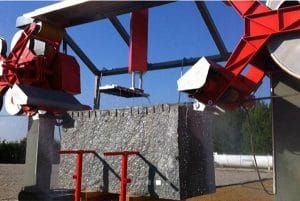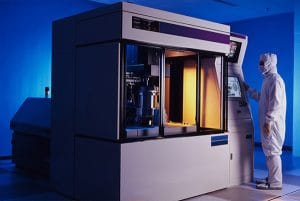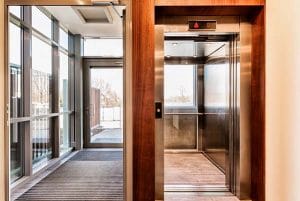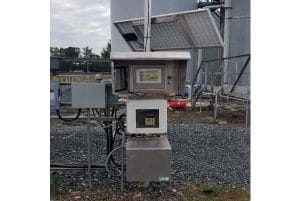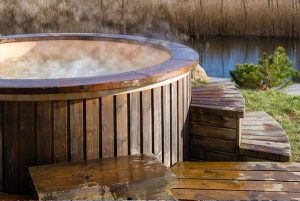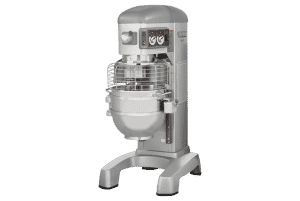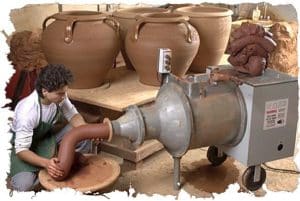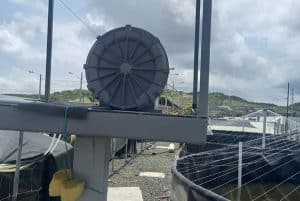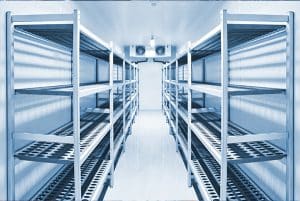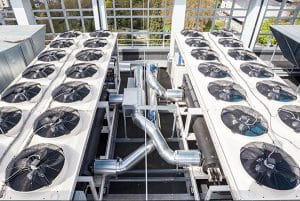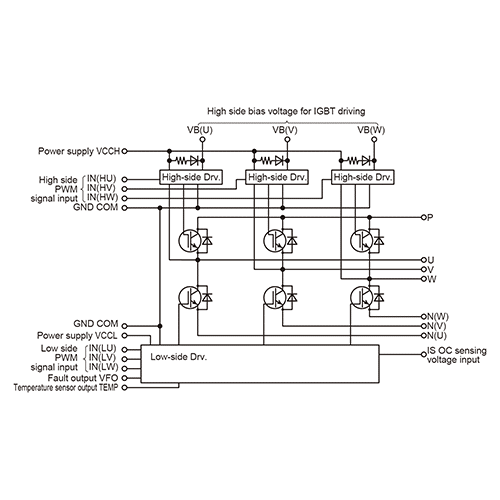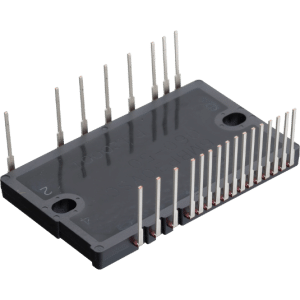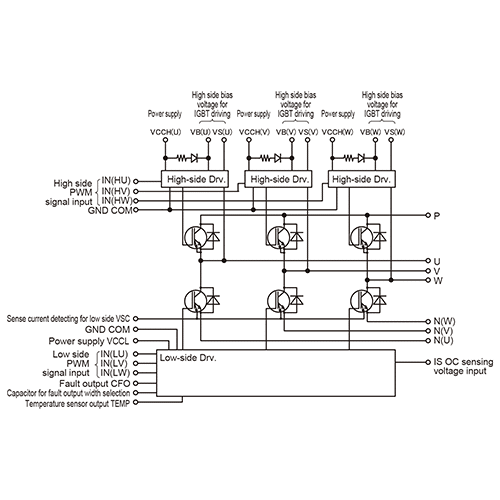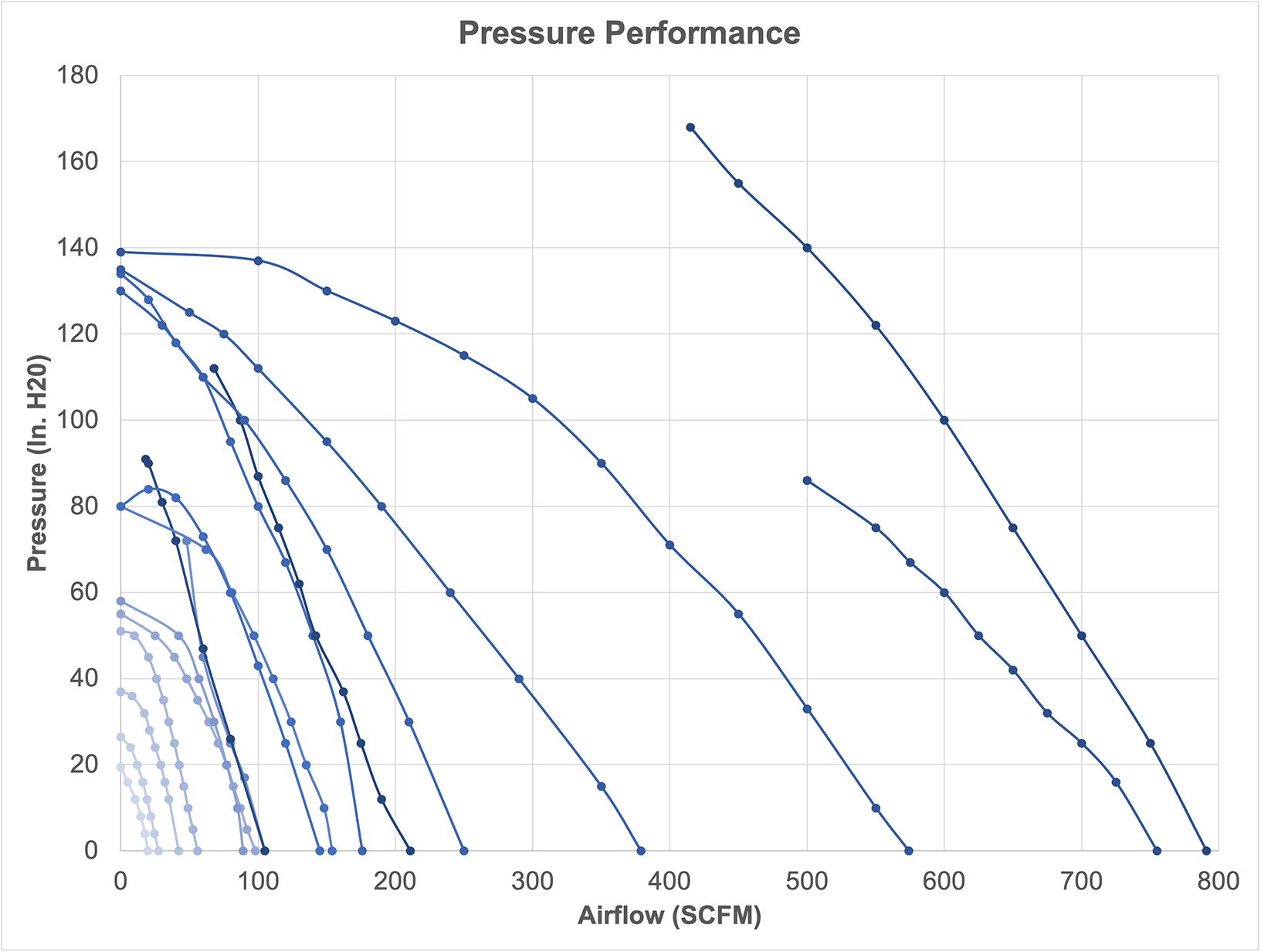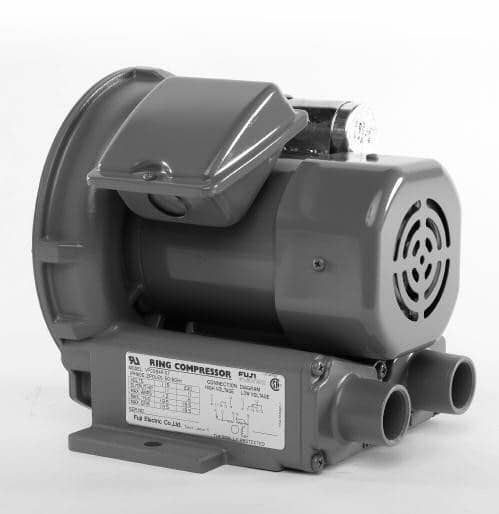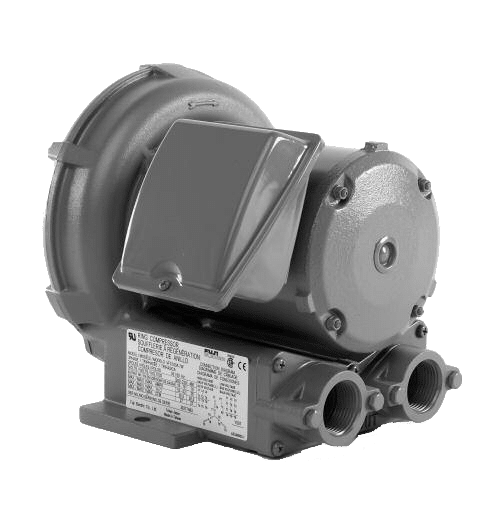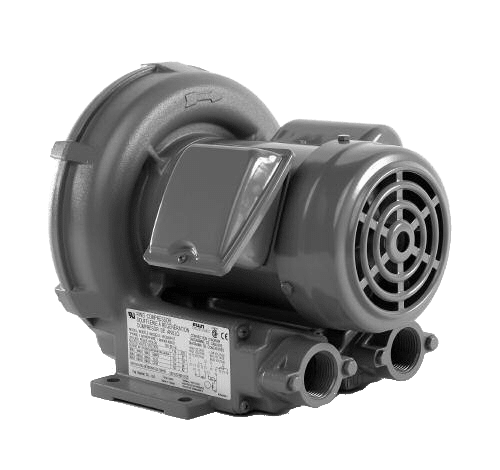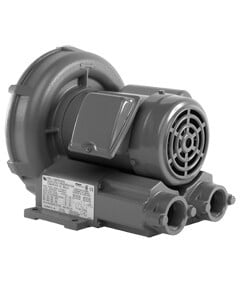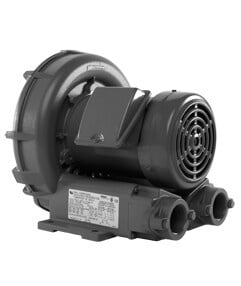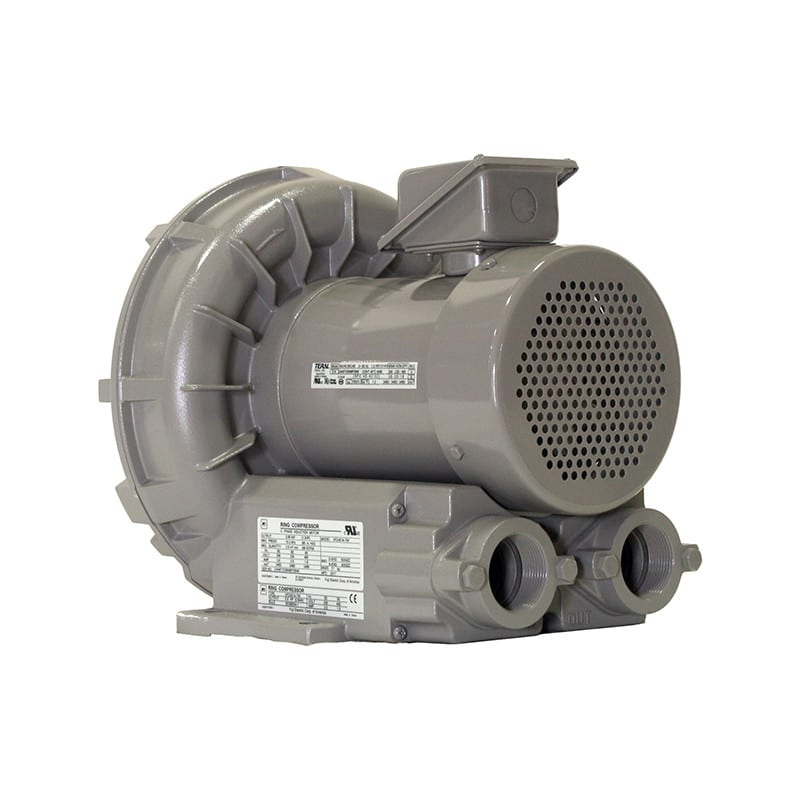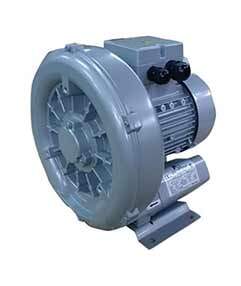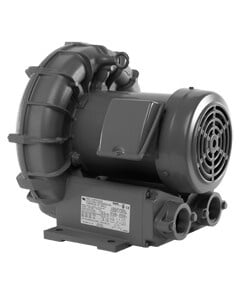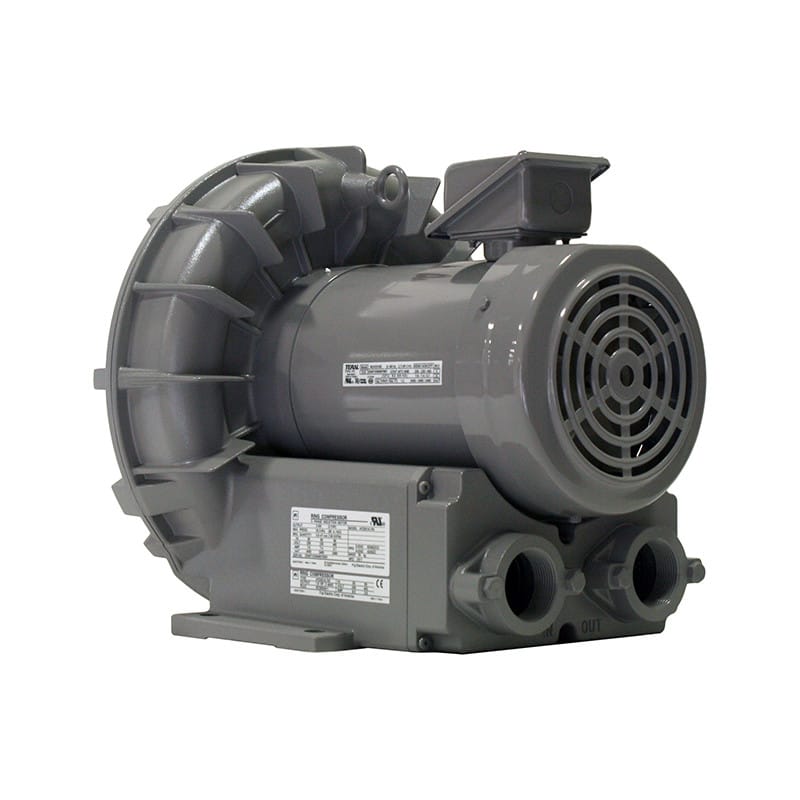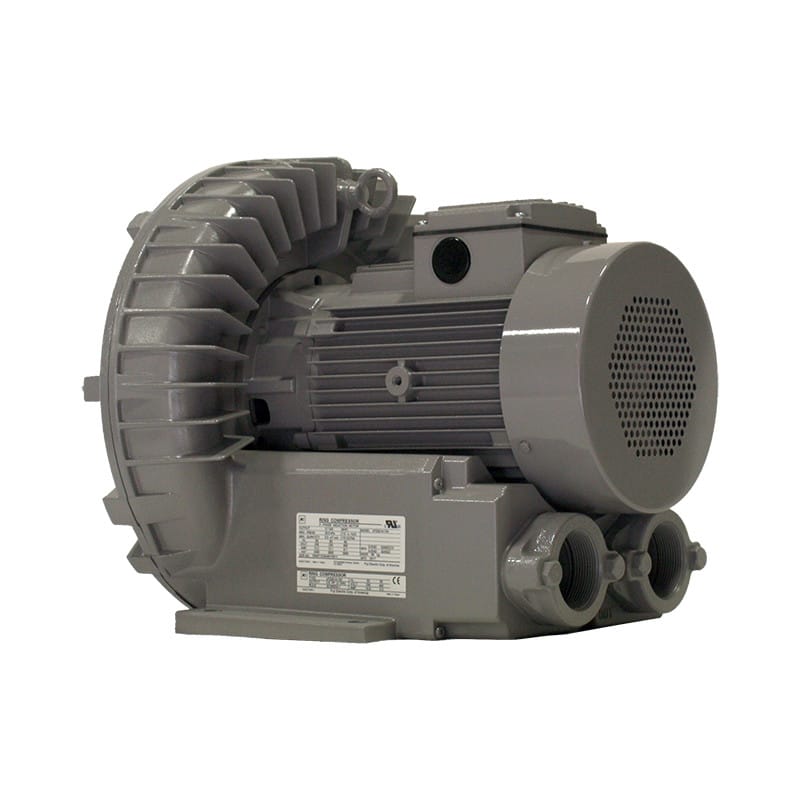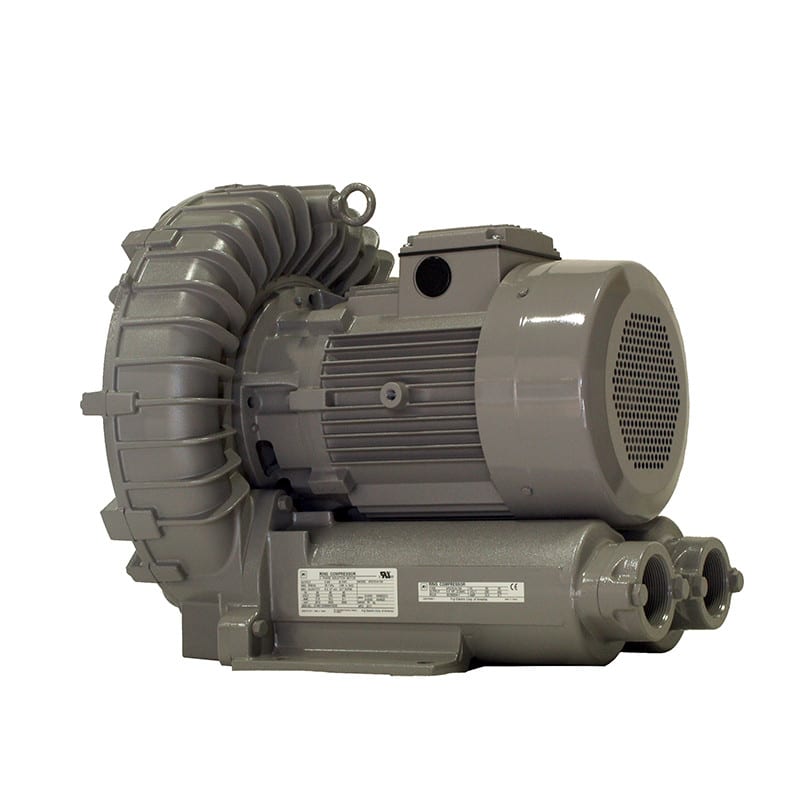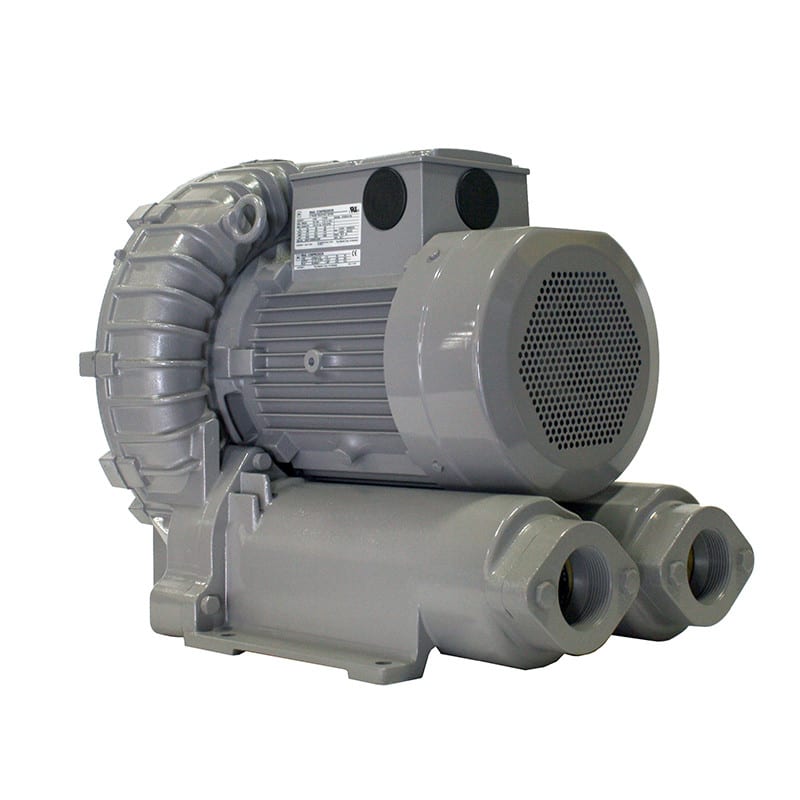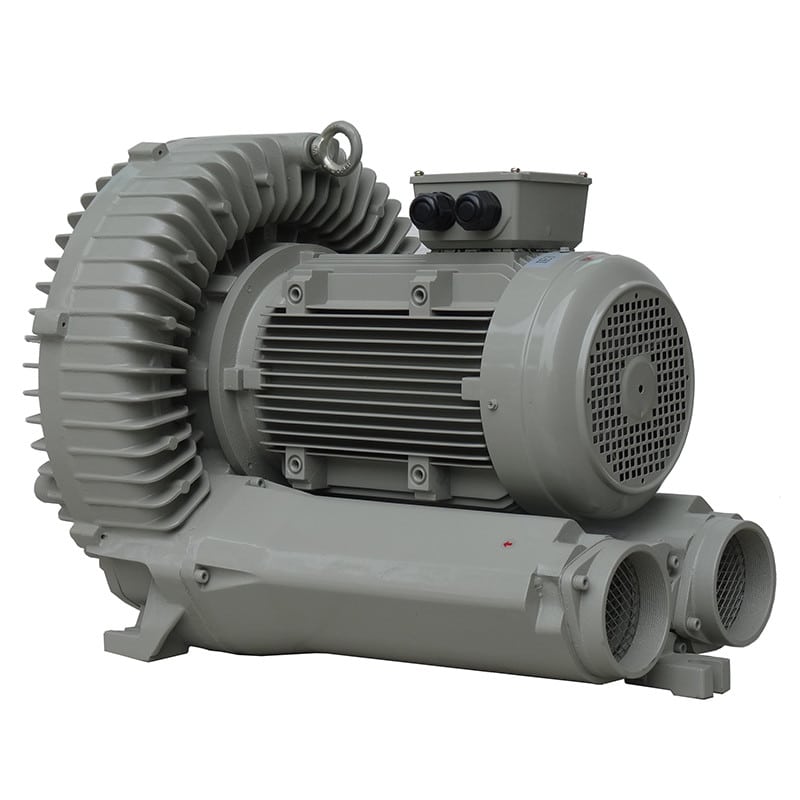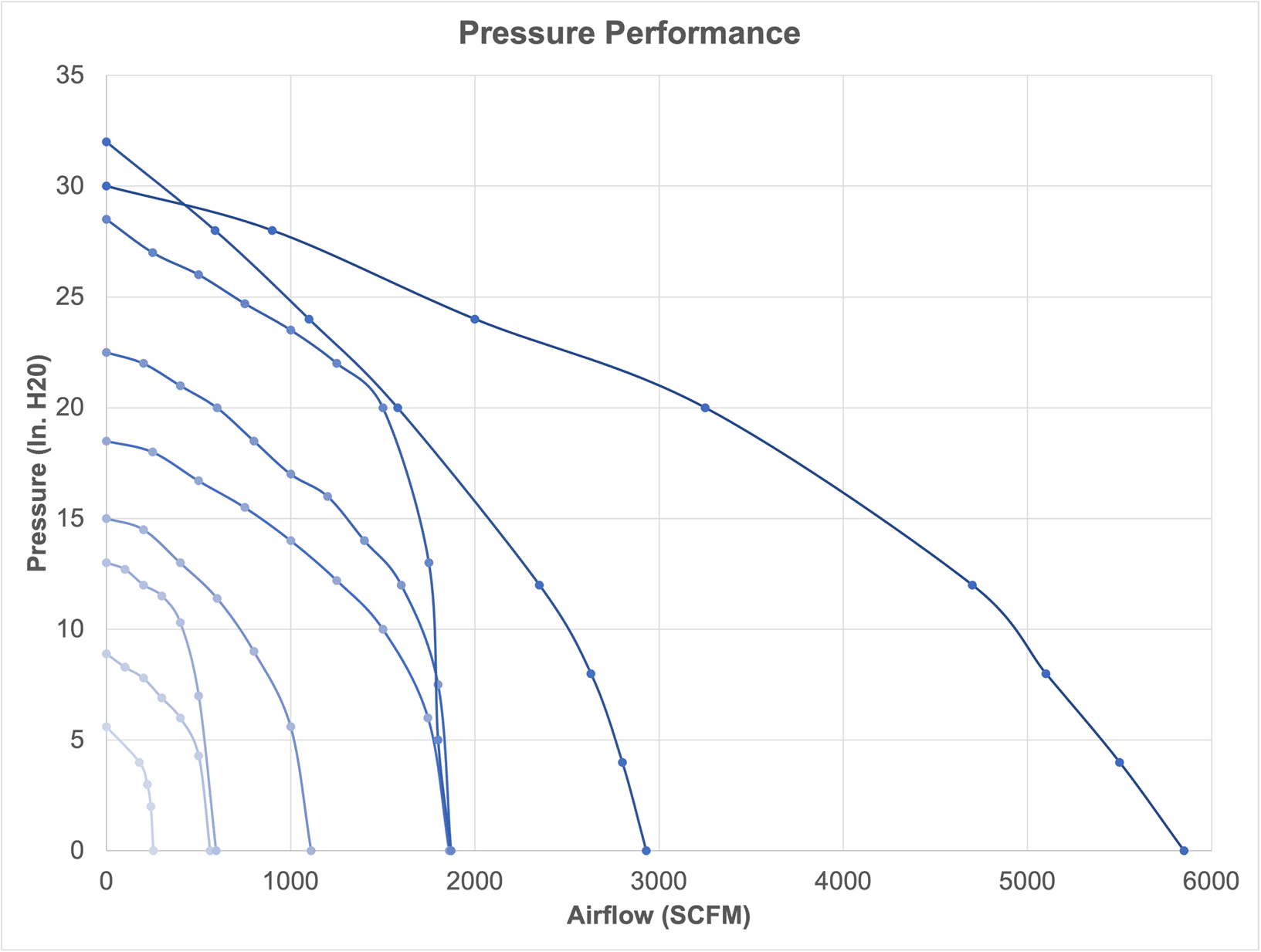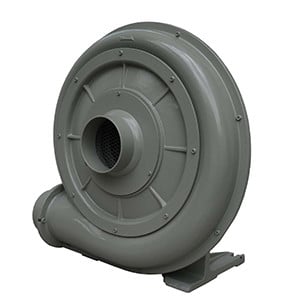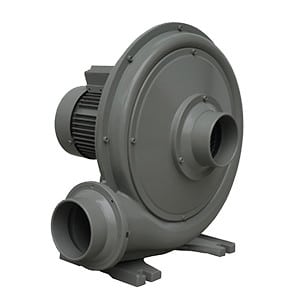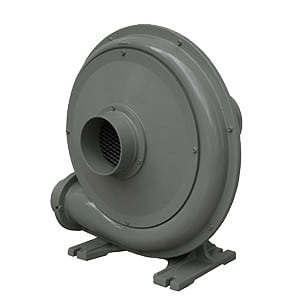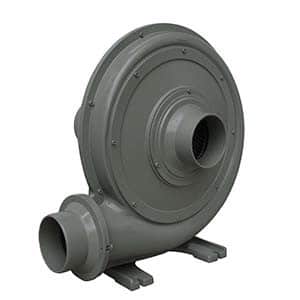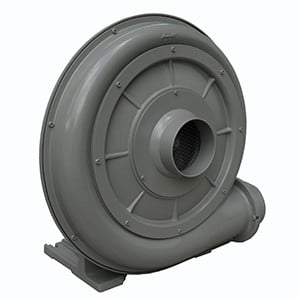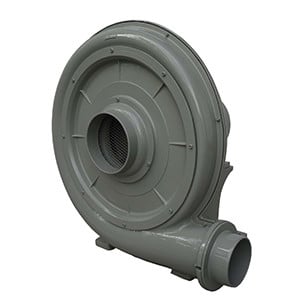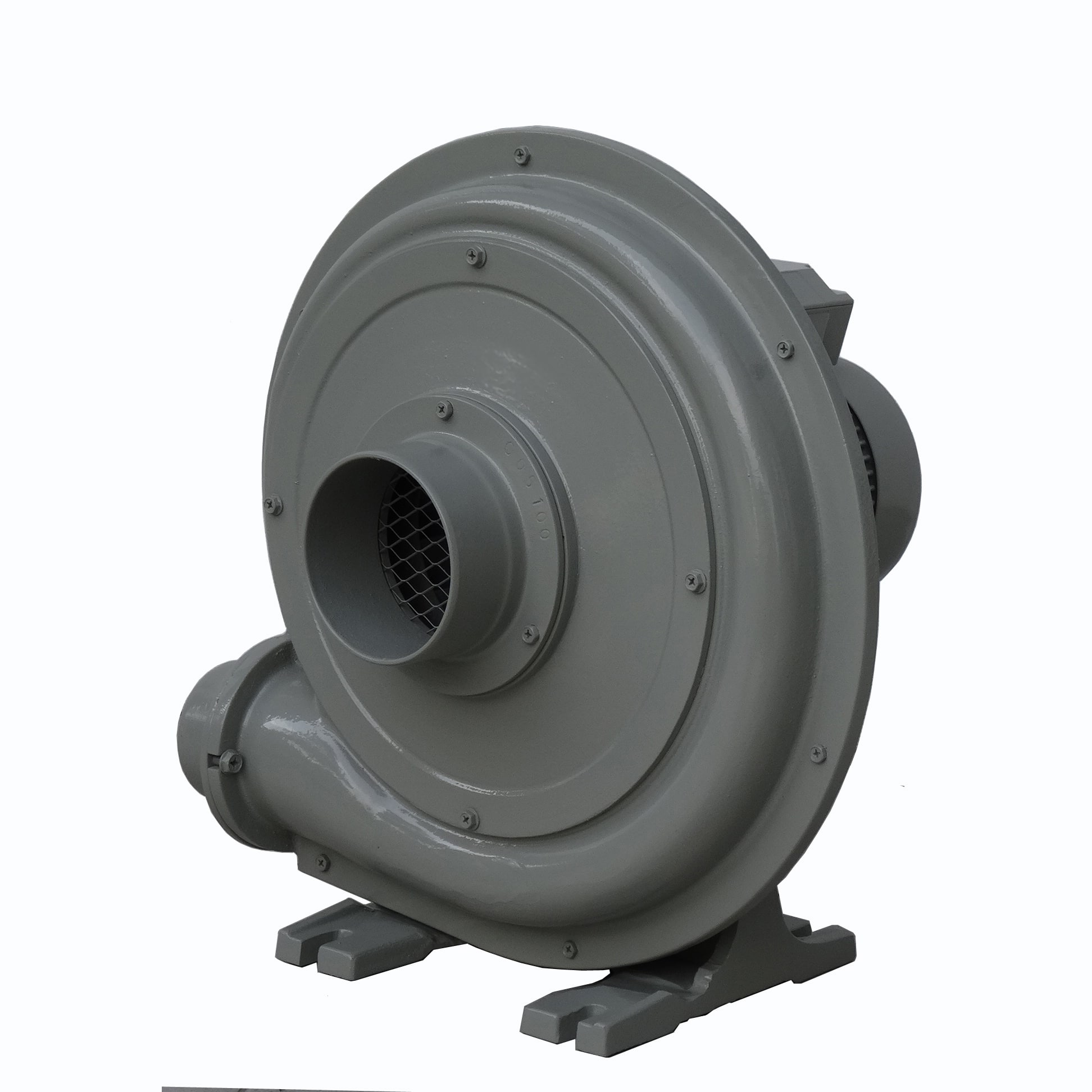To address harmonics introduced by AC drives in industrial facilities, the ideal harmonic correction method depends on the specific system requirements, facility load conditions, and compliance needs (e.g., IEEE 519 standards). Here are commonly used harmonic mitigation techniques suitable for industrial applications: 
- Passive Harmonic Filters
- Description: Passive filters are tuned to specific harmonic frequencies (e.g., 5th, 7th, 11th) and use inductors, capacitors, and resistors to mitigate harmonics.
- Advantages:
- Cost-effective and simple to implement.
- Highly reliable with minimal maintenance requirements.
- Best Suited For:
- Systems with predictable harmonic profiles.
- Facilities that need basic harmonic correction to meet compliance.
- Limitations:
- Limited to specific frequencies; effectiveness decreases with varying loads.
- Active Harmonic Filters
- Description: Active filters monitor harmonic content in real-time and inject counter-phase currents to cancel harmonics dynamically.
- Advantages:
- Highly effective at mitigating harmonics across a broad spectrum.
- Adaptable to varying loads and non-linear conditions.
- Best Suited For:
- Facilities with multiple drives or complex harmonic profiles.
- Applications requiring stringent harmonic control (e.g., IEEE 519 compliance).
- Limitations:
- Higher initial cost.
- Requires a more complex control system.
- Line Reactors
- Description: Reactors (typically 3% or 5% impedance) are installed on the input side of the AC drive to limit harmonic currents.
- Advantages:
- Cost-effective and compact.
- Reduces harmonic distortion and protects the drive from voltage spikes.
- Best Suited For:
- Systems with moderate harmonic distortion or where cost constraints are significant.
- Limitations:
- Less effective for high harmonic mitigation needs.
- Cannot eliminate higher-order harmonics.
- DC Link Chokes
- Description: Installed on the DC bus of the AC drive, these chokes reduce ripple currents and suppress harmonics at the drive’s source.
- Advantages:
- Improves power quality and reduces stress on the DC bus capacitors.
- Compact and integrated within the drive in some models.
- Best Suited For:
- Drives with high harmonic distortion levels in their output.
- Limitations:
- Limited overall harmonic reduction compared to external filters.
- 12-Pulse or 18-Pulse Rectifiers
- Description: Use multi-pulse transformers to phase-shift harmonics, reducing lower-order harmonic currents.
- Advantages:
- Effective at mitigating lower-order harmonics (e.g., 5th and 7th).
- Reliable and robust for industrial environments.
- Best Suited For:
- Medium to large drives in facilities with a high harmonic load.
- Limitations:
- Expensive and bulky.
- Limited effectiveness against higher-order harmonics.
- Harmonic Reducing Transformers (HRTs)
- Description: Transformers designed to mitigate harmonics by phase-shifting and cancellation techniques.
- Advantages:
- Reduces harmonics while also providing voltage matching.
- Durable and suitable for industrial settings.
- Best Suited For:
- Facilities with high harmonic demands and large motor loads.
- Limitations:
- Expensive and heavy.
- Active Front-End (AFE) Drives
- Description: AC drives with built-in active rectification technology to mitigate harmonics at the source.
- Advantages:
- Excellent harmonic mitigation without external components.
- Improves power factor and eliminates the need for additional filters.
- Best Suited For:
- Facilities with stringent harmonic requirements and budget for advanced drives.
- Limitations:
- Higher cost compared to standard drives.
- Requires skilled maintenance.
Which Method is “Perfect”?
For industrial facilities, Active Harmonic Filters and Active Front-End Drives are considered the most effective methods for harmonic correction because they:
- Provide comprehensive harmonic mitigation.
- Adapt to varying loads and dynamic systems.
- Meet stringent compliance standards (e.g., IEEE 519).
However, cost and system complexity must also be considered. For moderate harmonic correction needs, passive filters, line reactors, or 12-pulse rectifiers may provide a more cost-effective solution. A harmonic analysis of the facility’s electrical system is recommended to select the most suitable method.




